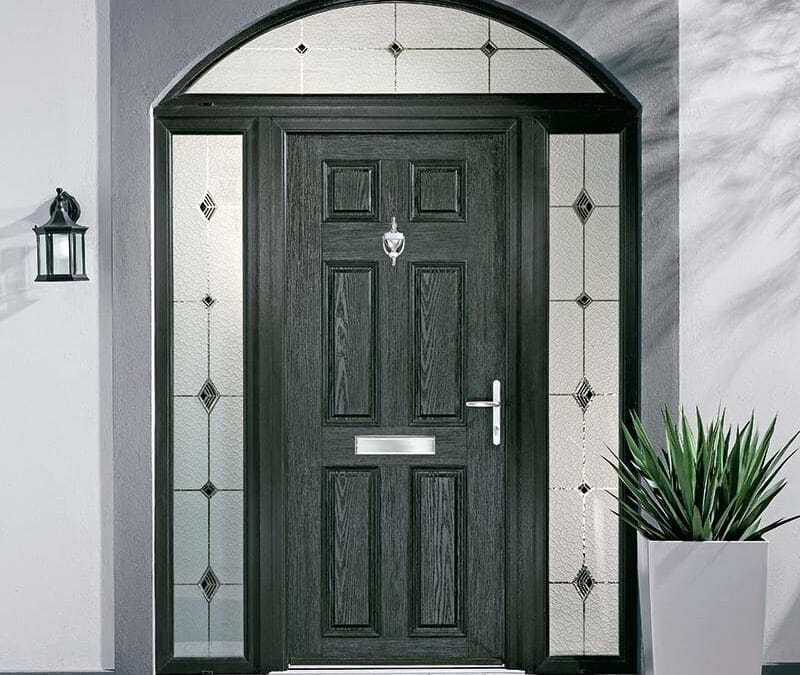What is a conservation area?
In the UK, conservation areas are often urban sites, or sometimes, for example, village centres or other places, with particular historic or architectural significance, and whose character needs to be preserved or enhanced. A conservation area’s unique character is retained through planning and other environmental measures.
Your local planning authority will be able to tell you what you can do to your home if you it falls within a conservation area. They can explain whether there are special controls in place and outline the specific permissions which will be required. Often, councils work with local communities to identify and discuss these sites of special interest.
Special controls apply to properties built within a conservation area. Also known as Article 4 Directions, these limit the work you would usually be able to complete without planning permission, including replacing windows and doors. Your local planning authority can advise whether Article 4 Directions apply to the work you want to do.
What does it mean for me?
Generally speaking, homes within a conservation tend to fetch higher prices than those which are not. Additionally, they typically appreciate in value more rapidly.
Living in a conservation area essentially also means that local authorities must consider the need to preserve or enhance the area’s special character when deciding whether or not to grant planning permission. Proposals which would damage the character of an area as a whole, or would affect buildings making a positive contribution to the area, are typically declined.
In other words, development is controlled far more strictly than it is elsewhere. Equally, planning permission may be needed for changes to structures that would be considered ‘permitted development’ elsewhere.
Doors and windows are considered features which can enhance buildings and streetscapes. So changes to sizes and locations should not be made, and these would require planning permission.
Most local authorities also favour restoration or repair over replacing windows and doors. If you’re replacing windows, you should try and duplicate the original style as far as possible. And especially if you are lucky enough to live in or own a listed building, whatever grade of listing it has, you need to be sure you have the right permission in place before starting anything. It can be easy to forget that unauthorised work is a criminal offence.
What are the conservation areas in Oxford?
Oxford currently has 18 designated conservation areas, as identified by the council. These range significantly, from compact colleges in the city centre, to open spaces such as Headington Hill and residential settings such as Jericho or North Oxford Victorian Suburb.
Oxford City Council identifies conservation areas so that they can be preserved for future generations. But, as the authority says on its website, this doesn’t mean that no change will ever be allowed, or that all planning permission applications will always be turned down.
How can Isis Windows help?
At Isis, we have been working across Oxford and Oxfordshire and beyond for some 25 years. So we’re very aware of the special rules and circumstances governing conservation areas.
When you are making alternations to a home in a conservation area, you need the expertise of a specialist operator such as Isis Windows, which has considerable knowledge of fitting a wide range of heritage windows and doors.
Talk to a member of the team today, without charge or obligation.

